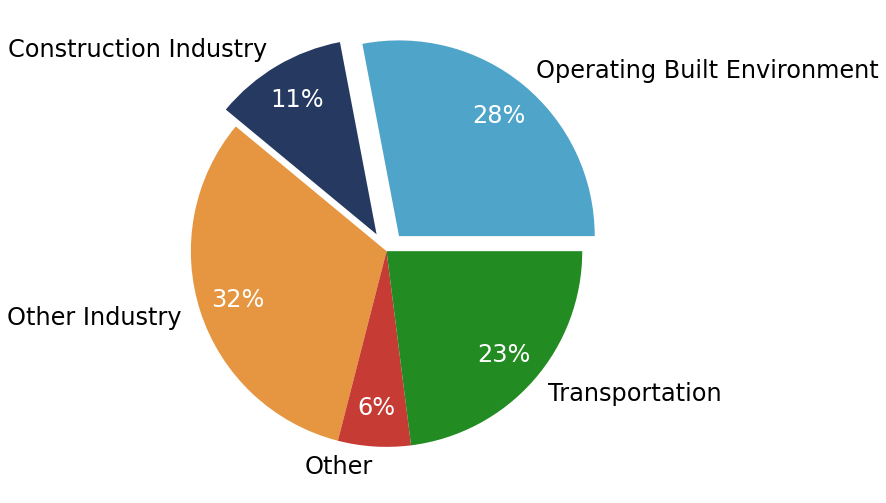Home
Mass Timber Rising
Sustainable Forests
Tall Wood – Low Carbon
Fuels to Frame
About
The Greening of the Grid
Climate and the Built Environment
The United Nations’ Intergovernmental Panel on Climate Change (IPCC) warned in their August, 2021 Sixth Assessment Report that,
“The Global warming of 1.5°C and 2°C will be exceeded during the 21st century unless deep reductions in CO2 and other greenhouse gas emissions occur in the coming decades.”
This was the most unequivocal and dire warning since their first report, issued more than 30 years ago.
While the understanding of how the global climate system responds to increases in atmospheric greenhouse gases (GHG) continues to improve, how humanity will respond to this threat by limiting these emissions is unknown.
The concentration of atmospheric CO2 (parts per million, ppm) showing an increase of more than 30% since 1958. Measurements are from the Mauna Loa Observatory in Hawaii, part of the National Oceanic and Atmospheric Administration’s (NOAA) Global Monitoring Laboratory.
Buildings are a big part of the problem
Globally, the built environment is directly and indirectly responsible for around 39% of the world’s CO2 emissions.1
Based on United Nations Environment Programme’s 2020 Global Status Report for Buildings and Construction. In 2020, the construction and operation of buildings accounted for nearly 40% of the total global carbon footprint.2
Global Operational Carbon Emissions. Energy-related emissions from operating the world’s existing buildings accounts for 28%. Some of those buildings built this year and some built more than 100 years ago.
Global Construction Carbon Emissions. About 11% of global carbon emissions are from constructing new buildings and infrastructure. This carbon is released during the extraction, refining, manufacturing and transporting of building materials, and the carbon emitted by the construction process itself.
Carbon and buildings
Life cycle assessment, LCA, is a methodology and conceptual framework for understanding and assessing the environmental impacts of products, processes and services – including buildings. In the construction industry, the various life cycle phases of a building’s life have been formalized by the European Committee for Standardisation (CEN)3 and widely adopted throughout the sustainable building community.
This conceptual animation shows when and how much carbon is emitted over the entire life cycle of a building, assuming the carbon intensity of energy remains constant over the building’s life. Based on EN 15978:20114
The World Green Building Council, in their 2019 publication, “Bringing Embodied Carbon Upfront”5 defines Embodied carbon as all the carbon emissions from the Product Stage through the End of Life Stage, except for the Operation Energy Use, which is defined as Operational carbon.
The embodied carbon is further separated into Upfront carbon, Use stage embodied carbon, and End of life carbon.
3 EN 15978:2011 Sustainability of construction works – Assessment of environmental performance of buildings – Calculation method, Brussels
5 WGBC; Ramboll; C40 Cities, “Bringing Embodied Carbon Upfront, Advancing Net Zero Project,” Word Green Building Council,Ramboll, C40 Cities, 9 2019. [Online]. Available: https://www.worldgbc.org/news-media/bringing-embodied-carbon-upfront.
The Greening of the Grid
Next

